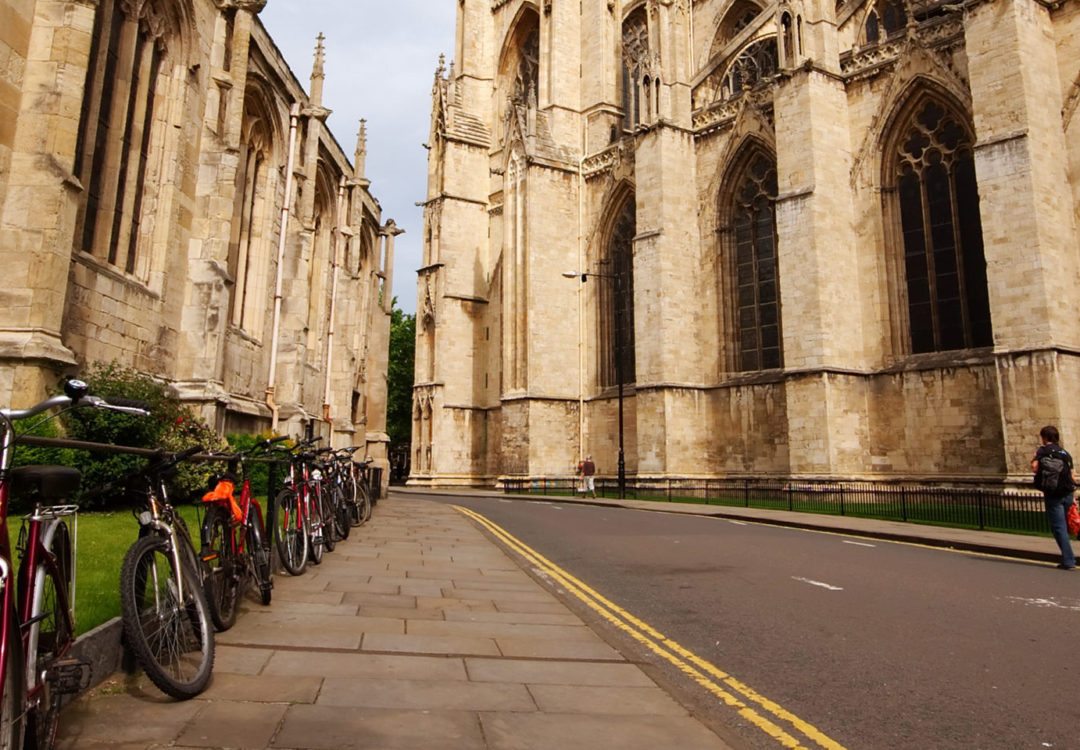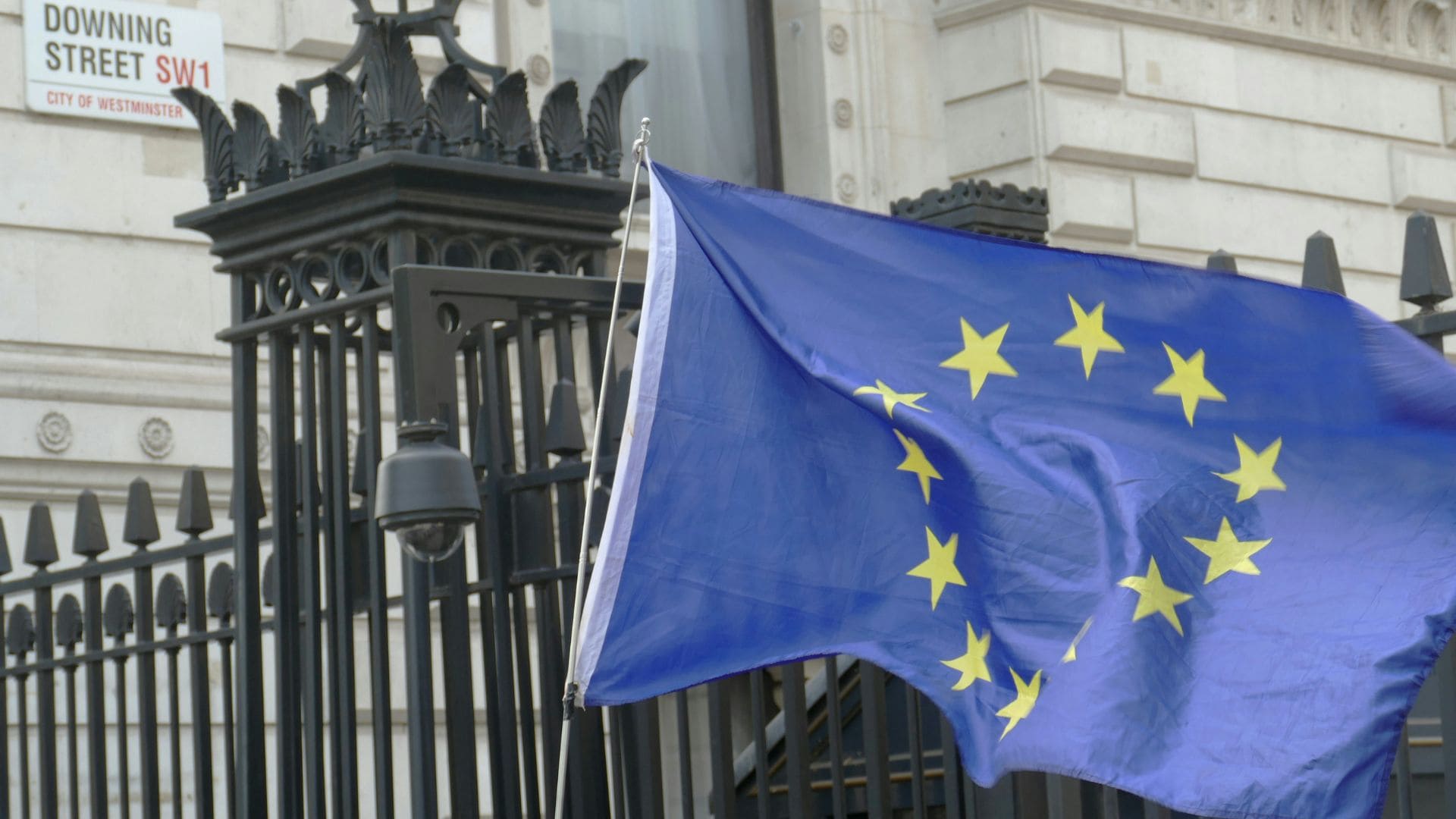AGRITECH + IP
Plant Patent Infringement in the US Relies on Evidence of Asexual Reproduction
April 2025
A recent case in the US District Court for the Northern District of Texas (Dallas Division) once again highlights how important the initial pleadings and evidence in patent infringement cases can be.
The case is between David Austin Roses Ltd and GCM Ranch LLC[1] and is based on alleged willful infringement of US plant patents held by David Austin covering several varieties of roses, and corresponding trademark infringement. David Austin Roses Ltd is a major British rose breeding company. The varieties bred by David Austin are well known as the company has been established for a long time and consistently obtains PVR protection for its roses around the world, including under the US Plant Patent Act. They also typically file trademarks for the tradenames of each rose covered under a corresponding plant patent.
In this case, David Austin alleged that GCM Ranch infringed nine granted US plant patents by selling rose varieties that fall under the plant patent claims. However the evidence they provided in their pleadings was based mostly on screenshots of the rose products on the GCM Ranch websites resembling the patented varieties, and reviews indicating sale of the products to consumers.
In response, GCM Ranch argued that the evidence was not sufficient to prove patent infringement because David Austin failed to provide any explanation of how the alleged infringing plants were produced. According to USC 163, in the case of a plant patent, the grant shall ‘include the right to exclude others from asexually reproducing the plant, and from using, offering for sale, or selling the plant so reproduced, or any of its parts, throughout the United States’. It was clear that David Austin demonstrated that the plant was being offered for sale and sold, but did not satisfy that said plants were proven to be asexually reproduced from the patented plant. GCM Ranch seized on this point of law in their response, as did the Court. Despite the striking similarities in the plants being sold to the protected varieties, and the agreement that GCM Ranch new of the plant patents at issue, the Court granted GCM Ranch’s motion to dismiss the plant patent infringement case. The Court stated that ‘even though the roses resemble one another, David Austin has failed to plausibly allege that GCM Ranch’s roses were asexually reproduced from David Austin’s roses. For example, David Austin did not allege how GCM Ranch was asexually reproducing the patented roses—i.e., whether they did so by grafting, budding, or layering’.
It is clear that for plant patent infringement in the US the pleadings must be sure to provide factual evidence of how the infringing plants were actually derived from the patented plant, in addition to evidence of sales of the infringing plants. It seems that simply alleging that the patented plant variety has been asexually reproduced is not enough. A full case should be presented at the pleadings stage to avoid surprising dismissal.
[1] https://archive.org/details/gov.uscourts.txnd.388559/gov.uscourts.txnd.388559.33.0.pdf
This post was written by Partner and Patent Attorney Punita Shah and Partner and Patent Attorney Ellie Purnell.

































